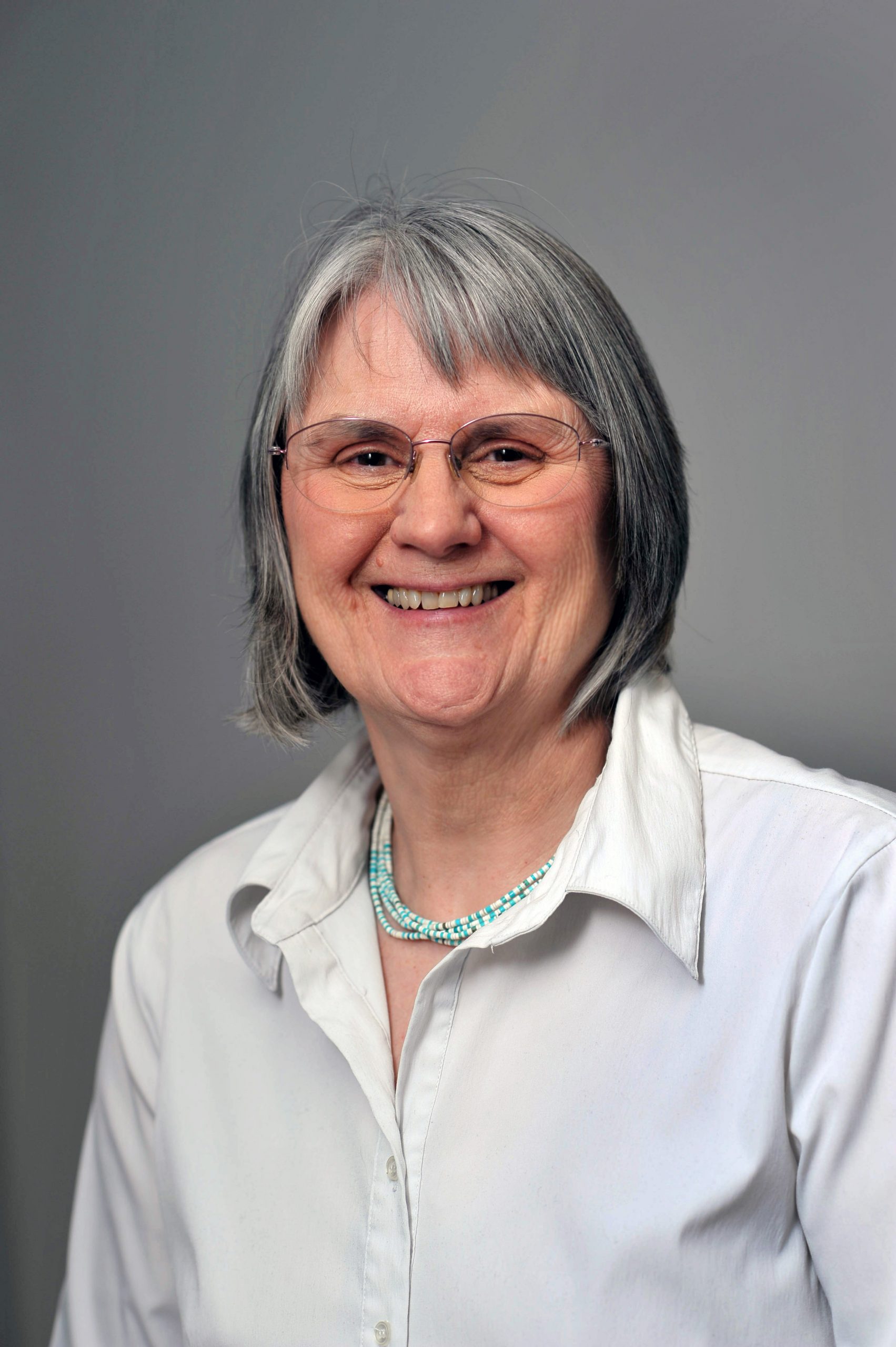ALBUQUERQUE, N.M. — Sandia National Laboratories physicist Danelle Tanner has been named the 2018 Scientist of the Year by the National Organization of Gay and Lesbian Scientists and Technical Professionals. She is the first labs employee to receive the honor since the NOGLSTP created the award in 2004.

The annual awards were established as a means of identifying, honoring and documenting the contributions of outstanding LGBTQ+ science, engineering and technology professionals, as well as the corporations, academic institutions and businesses that support them. The organization uses the plus sign as a way of including everyone who identifies with or supports its diverse community.
Tanner will be recognized Feb. 18, in Austin, Texas, at the American Association for the Advancement of Science annual meeting.
From nuclear physics to reliability analysis, and everything in between
Tanner joined Sandia in 1984. Early in her career, she led a team responsible for radiation effects testing of multiple weapons system components at the Nevada Test Site, now the Nevada National Security Site. She also led other projects in support of multiple underground nuclear weapon and radiation experiments.
In 1993, Tanner joined the microelectronics reliability group where she delved into reliability physics, redefining her career path. She received funding, in 1997, for a three-year Laboratory Directed Research & Development project to establish MicroElectroMechanical Systems reliability as a differentiating strength for Sandia in this new developing technology.
“This was at the time of early MEMS devices coming to market, and they were things like accelerometers in Nintendo gaming systems and phones, digital micro-mirror projection systems and ink jet printers. We wanted to understand overall failure mechanisms to see if MEMS could be used in nuclear weapons,” said Tanner.
She spent the next decade as a leader in MEMS reliability, sharing her knowledge across the United States and Europe, before leading a team responsible for determining the root cause of a particularly challenging electrical component failure. After forcing these parts to fail, the team would work in reverse to determine critical design changes necessary to produce more reliable components.
‘You can do anything you set your mind to’
Tanner grew up the fourth of five children. She always knew she would attend college but didn’t know what she wanted to study. When Tanner began her undergraduate studies in the 1970s, she saw nursing and teaching as the two career paths presented to women and expected she would study the latter.

“My dad would always tell me ‘Danelle, you can do anything you set your mind to,’ and that’s what I did. He was always supportive of me and he was committed to ensuring all of us went to college,” she said.
The first college physics class Tanner took opened her eyes to the possibilities. She said she soon fell in love with science and its ability to show the world at a fundamental level. The idea of pursuing a science career was something Tanner said was outside of her reality at the time — she was in the minority in the field, both as a woman and a lesbian — but she pursued it despite this. She earned a Bachelor of Science in physics and mathematics from the University of Southwestern Louisiana, now called the University of Louisiana at Lafayette and a doctorate in nuclear physics from Texas A&M University.
‘I was in the closet for a long time’
Despite a successful, decades-long career, Tanner said she feared her sexual orientation would hold her back. Prior to the 1970s, LGBTQ people were not eligible for federal security clearances and so were denied employment in certain professions. It was not until the 1980s, when Tanner was hired at Sandia, that people were able to disclose their sexual orientation on clearance applications.
“The culture wasn’t like what it is today,” she said. “I was in the closet for a long time. I didn’t come out in the beginning of my career because it was a time when many LGBTQ people were uncomfortable with showing their true selves because of concerns about discrimination .”
It wasn’t until Tanner began dating her wife, Wendy, that she began to get comfortable coming out. The two met in 1996 through the labs’ newly-created LGBTQ employee group, of which both were founding members. With the group’s support, Tanner approached management to discuss equal opportunity employment benefits. Her talks were crucial in securing domestic partner benefits for Sandia employees, ahead of state or federal marriage equality legislation and prior to July 1, 2003, when New Mexico enacted a new anti-discrimination law.
Tanner and her wife were one of 64 couples legally married in 2004, during a brief period when one New Mexico county clerk began issuing marriage licenses to same-sex couples. The couple have two grown sons.
“There was a point in my life I would have never thought a recognition like this would be possible,” she said. “A lot of work went into getting here and I am absolutely thrilled to receive this honor.”